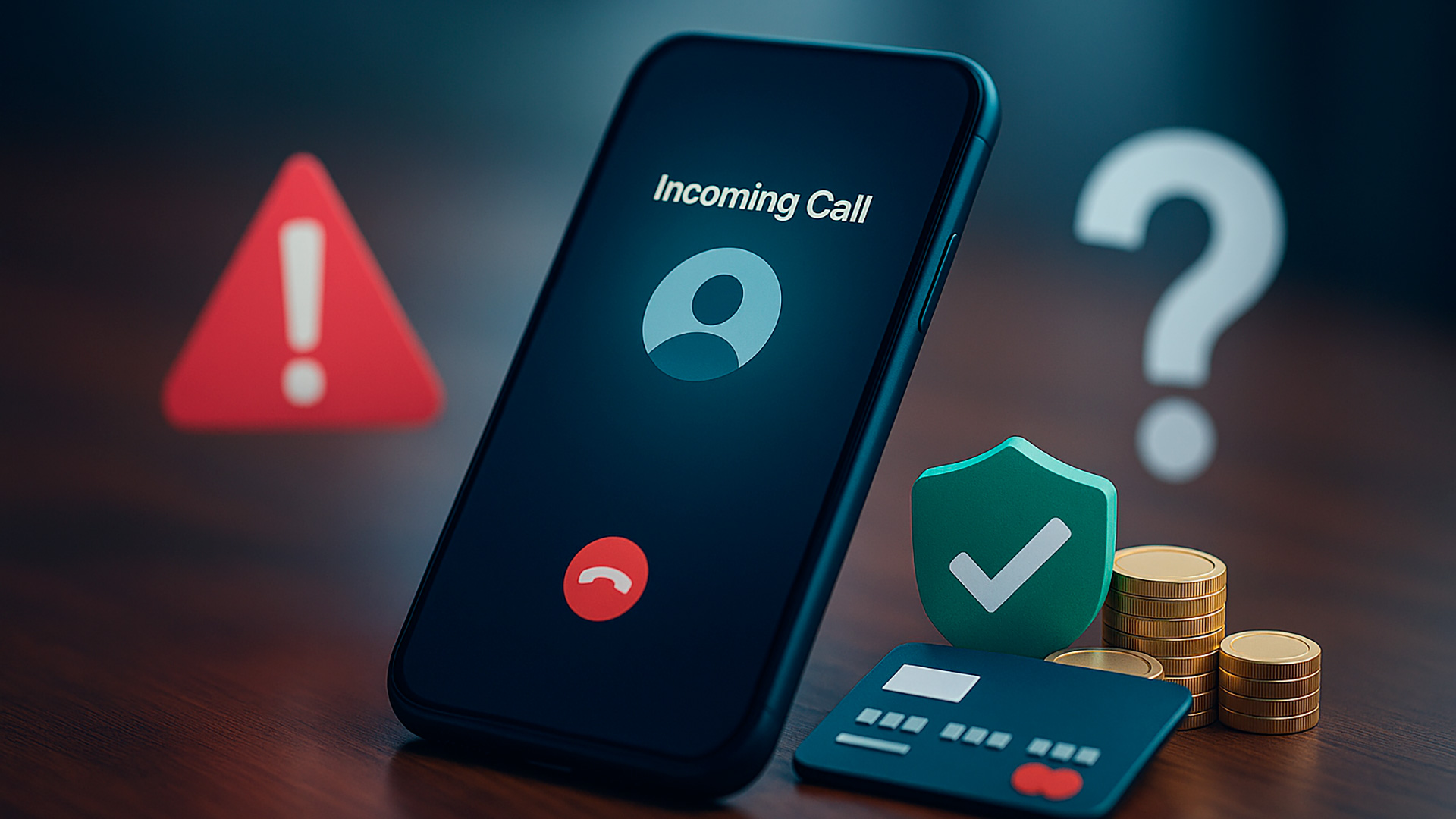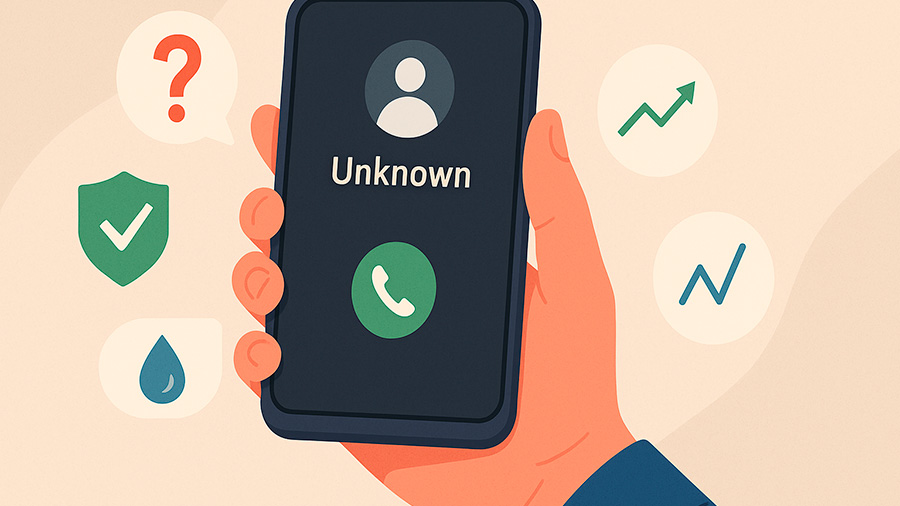Making Sense of Collection Calls and Protecting Your Financial Health

Few things create more stress than an unexpected phone call from an unfamiliar number. For many consumers, these calls often come from collection agencies or financial service providers attempting to resolve unpaid balances. Understanding who is calling, why they are calling, and what steps you can take is essential in navigating today’s complex financial landscape. Among the many contact numbers tied to financial communications, some stand out, such as the 866-535-9492 call explanation, which is associated with debt collection and repayment assistance. Learning how to interpret such calls can help individuals protect their rights, make informed decisions, and reduce unnecessary stress.
Why Collection Calls Happen
When a person falls behind on payments—whether for credit cards, utilities, or personal loans—companies often turn to collection agencies. These agencies are tasked with recovering overdue amounts on behalf of creditors. In some cases, accounts are sold to third-party collectors, who then pursue repayment directly. The process might feel intimidating, but it serves an important function in the financial ecosystem: ensuring that creditors can recover funds while giving borrowers an opportunity to resolve obligations without legal escalation.
Unfortunately, many people are caught off guard by these calls. They may not know the debt is overdue, may have forgotten about a smaller balance, or may not recognize the agency attempting contact. That is where understanding details like the 866-535-9492 call explanation comes into play. Knowing which institution or agency is behind the call helps separate legitimate financial communication from potential scams.
Common Characteristics of Legitimate Collection Calls
Not all unknown calls are the same. Scammers often pose as debt collectors, making it crucial to identify real from fake. Legitimate collection calls usually include:
- Clear identification of the agency or company calling.
- Details about the debt, including original creditor and amount owed.
- Information about repayment options or settlement arrangements.
- Notice of rights under the Fair Debt Collection Practices Act (FDCPA).
When calls like the 866-535-9492 call explanation reach consumers, these elements should be present. If they are missing, it is a red flag that the call may not be genuine.
Table: Difference Between Legitimate and Scam Calls
| Aspect | Legitimate Collector | Scam Caller |
|---|---|---|
| Identification | Provides company name, account details | Vague or refuses to identify |
| Debt Information | Specific balance, original creditor | No details or incorrect information |
| Consumer Rights | Mentions FDCPA protections | Ignores or pressures aggressively |
| Payment Options | Offers structured repayment or settlement | Demands immediate full payment |
The Impact on Credit Reports
Collections activity almost always affects credit scores. When a debt is reported as delinquent, it can stay on a credit report for up to seven years. This impacts the ability to secure loans, credit cards, or even rent housing. Responding to calls promptly and arranging repayment reduces the long-term damage. Engaging with legitimate programs—such as those tied to the 866-535-9492 call explanation—can lead to structured repayment plans that prevent further deterioration of credit standing.
Why Ignoring Calls Makes Things Worse
Many consumers feel tempted to ignore collection calls out of fear or frustration. Unfortunately, avoidance often leads to bigger problems. Ignoring legitimate collections may escalate the issue to legal action, wage garnishment, or utility disconnection. On the other hand, engaging with the collector opens pathways for negotiation. This may include reduced balances, longer repayment terms, or even temporary hardship programs. Calls like the 866-535-9492 call explanation exist to create communication channels that allow consumers to solve problems before they spiral out of control.

Steps to Take When You Receive a Collection Call
If you receive an unknown call from a number linked to collections, follow these steps to protect yourself:
- Verify the Caller: Ask for the company name, agent ID, and original creditor details.
- Request Written Notice: By law, collectors must send a written notice within five days of first contact.
- Check Your Records: Compare the information with your own bills and credit reports.
- Negotiate Wisely: Ask about repayment plans, settlements, or hardship options.
- Keep Documentation: Record dates, times, and summaries of calls for future reference.
Following these steps ensures that communication with legitimate collectors, such as those tied to the 866-535-9492 call explanation, is productive and protects your rights.
Table: Practical Strategies for Managing Collections
| Strategy | Benefit | Risk |
|---|---|---|
| Set Up Payment Plan | Reduces balance gradually | Requires consistent income |
| Negotiate Settlement | May pay less than full balance | Lump sum needed upfront |
| Request Hardship Program | Temporary relief during crisis | Short-term; not always available |
| Monitor Credit Reports | Tracks updates and corrections | May take time for changes to appear |
How Collection Calls Can Actually Help
While collection calls often feel negative, they can also serve as opportunities. By addressing overdue accounts quickly, consumers may prevent further damage, rebuild relationships with creditors, and regain financial stability. Programs linked to specific contact points, like the 866-535-9492 call explanation, are often designed not only to recover funds but also to support customers with solutions tailored to their circumstances. In many cases, agents are trained to help people find options rather than punish them.
Long-Term Lessons From the Collection Process
Experiencing collections teaches valuable lessons about financial planning. Customers who go through the process often emerge more careful with budgeting, more consistent with payments, and more aware of their rights. This is why, while stressful, collection interactions can serve as turning points in building stronger financial habits. Calls like the 866-535-9492 call explanation highlight how even difficult moments can create pathways to improvement.
Turning Anxiety Into Action
Collection calls will likely always be part of the financial system. They are designed to recover overdue balances, but when approached with knowledge and preparation, they can also be opportunities for solutions. Understanding the details behind numbers like the 866-535-9492 call explanation ensures that consumers distinguish legitimate contact from scams, take advantage of repayment options, and protect their long-term credit health. By responding proactively and treating collections as a chance to reset rather than a punishment, individuals can turn an intimidating call into a step toward financial recovery and stability.
